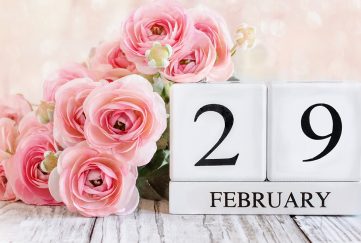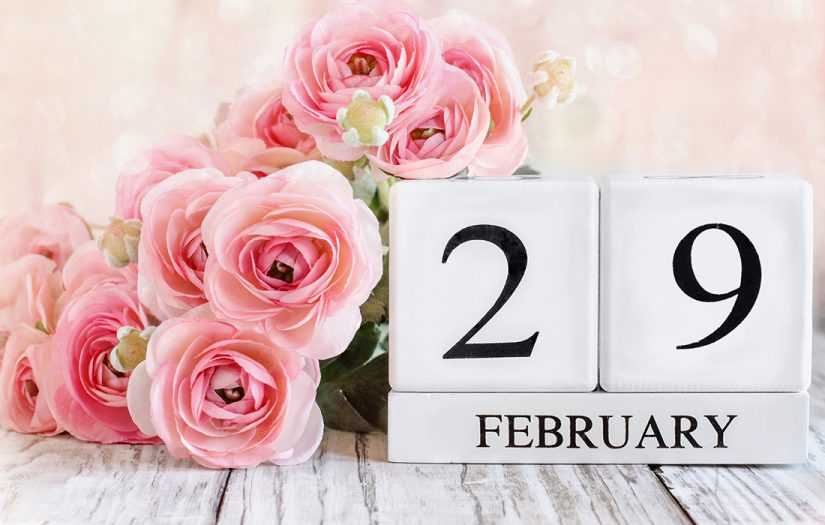How To Plot Your Short Story

We have some top tips from the Fiction team on how to plot your short story. Keep these key components in mind!
If you like to plot your short story before you start writing, you can use these as guidance. “Pantsers” (or those who like to fly by the seat of their pants) can look back over a story and check these elements haven’t been missed.
Exposition
The exposition in a story gives the reader the context they need. It establishes the status quo for the main character, gives an idea of the genre and provides the setting.
If there is no exposition then the reader won’t understand what’s going on or care what happens to the character in the end.
Exposition can be tricky – if you throw too much at the reader at once it can become boring and stale.
Try to feed the exposition naturally through the characters and scene. Show the reader, rather than telling them.
Inciting Incident
The inciting incident is the moment the character’s normal life is changed in some way. It sets the events of the story in motion. It gives the character their journey and a problem to solve.
What are the stakes? What will happen if they don’t find the solution?
Rising Action
This is where the tension and conflict lives. This doesn’t mean that your story has to be an edge-of-your-seat thriller. It just means that the main character needs to have some friction on the way to reaching their desired outcome, or the change they need to go through.
This is the place for obstacles for your characters to navigate. The action here builds to the next part.
Make sure your main character is playing an active role in this part. Are their choices moving the story along or are they letting the story happen to them and sitting in the passenger seat?
Climax
Everything that has been set up earlier in the story comes to a head now. It’s all been building to this.
This is where the love interests finally kiss or the detective finally catches the bad guy, for example.
Hopefully, it should make the reader feel something – relief, hope, happiness, sadness, grief, humour.
Falling Action
How has the character’s world changed now from where it was at the beginning of the story? How has the character changed? This is where the reader sees the effect of their actions. It’s the new status quo.
Resolution
The resolution is the conclusion. It should leave the reader feeling satisfied with most, if not all, loose ends tied up.
Discover more writing advice from our Fiction team.










